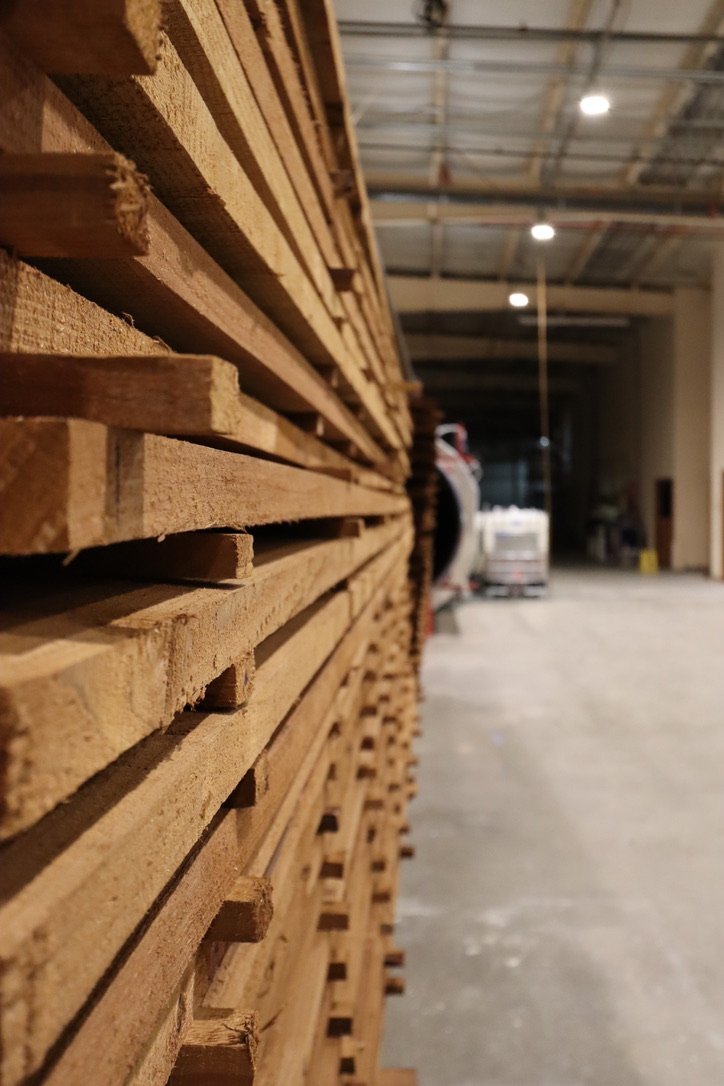Revolutionizing Sustainable Construction: Our Venture into Thermally Modified Lumber
We're thrilled to share some exciting developments at our company as we embark on a new chapter in sustainable construction. With a deep commitment to innovation and environmental stewardship, we're expanding our operations in Port Angeles, Washington, doubling our facility space to over 50,000 square feet, and planning to nearly double our workforce over the next several years.
Central to this expansion is our investment in cutting-edge technology, including the installation of a Maspell kiln imported from Italy, a top-of-the-line thermal modification unit that sets us apart as the sole proprietors of this technology in the Pacific Northwest. This advancement marks the beginning of a larger endeavor to produce Cross-Laminated Timber (CLT) panels and modular homes, aiming to address the pressing housing crisis with sustainable, eco-friendly solutions.
At the heart of our mission is the utilization of thermal modification to enhance the properties of coastal western hemlock boards. By tapping into the expertise of the Makah tribe, renowned for their sustainable forest management practices spanning over 10,000 years, we're proud to support responsible forestry on the Olympic Peninsula. Their commitment to a 60-year rotation cycle ensures environmental integrity and longevity for future generations.
The thermal modification process revolutionizes the characteristics of wood, transforming it into a high-performance building material. Coastal western hemlock, often overlooked due to moisture-related issues, undergoes a metamorphosis that eliminates vulnerabilities like warping and cracking while enhancing its durability.
Here are key facts about thermal modification that underscore its benefits:
Enhanced Stability: Thermal modification reduces the wood's water absorption, making it more dimensionally stable and resistant to warping and cracking in varying humidity conditions.
Improved Durability: By decreasing the wood's sugar content, thermal modification deters wood-decaying organisms, enhancing its resistance to rot and prolonging its lifespan.
Consistent Quality: Unlike surface-treated lumber, thermally modified wood undergoes uniform modification throughout, ensuring consistent quality and performance.
UV Resilience: Thermally modified wood responds differently to UV exposure, developing a weathered appearance over time, adding character to its aesthetic.
As we champion sustainable practices and emphasize the ecological benefits of wood over conventional building materials like concrete and steel, we're proud to pioneer the transformation of coastal western hemlock into a premium, environmentally conscious building material.
Join us on this transformative journey towards sustainable construction, where innovation meets tradition, and together, we build a greener future.

